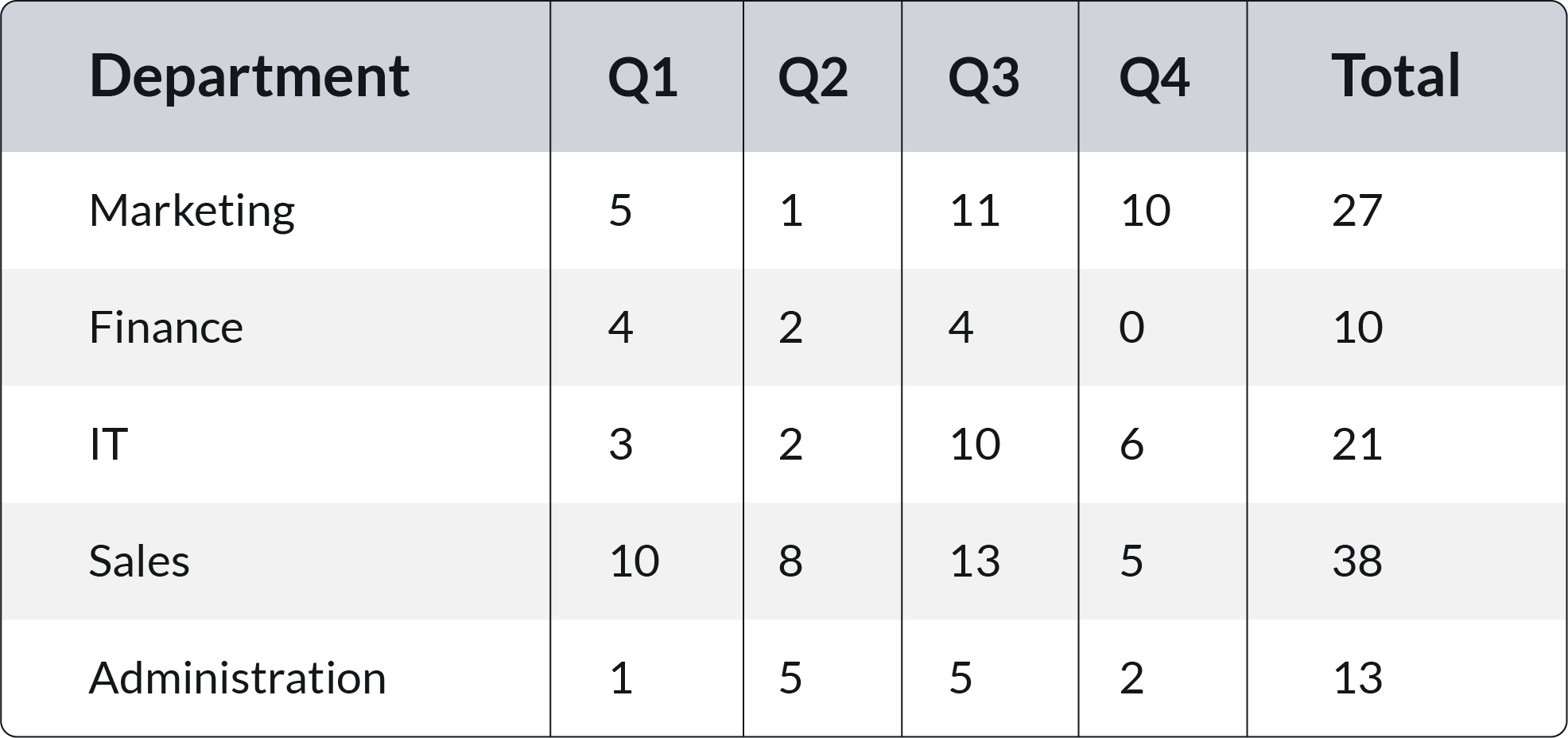
According to the recent LinkedIn Future of Recruitment survey, 47% of recruitment professionals believe that there will be a cut in their company's recruitment budget in the coming year. Most also believe that recruitment-related travels or events would be significantly affected by the current global pandemic. Though a significant proportion believes that their organizations will continue to spend big on recruitment technology, as companies want to become more efficient and cut down recruitment costs.
Another interesting component of the current situation is - the supply and demand of the labor market. The current pandemic has left a lot of quality talent on the lookout for a job. However, at the same time, many organizations have been forced to cut down on their staff size to compensate for the losses. Now, with businesses slowly getting back to normal, most companies have a high requirement for labor without a lot of cash in the company's budget sheet.
In such a scenario, most companies are facing an unprecedented situation - a decreased recruitment budget with an increasing demand for talent and technology. In such conditions, the traditional templates for recruiting budgets can go for a toss. Recruitment teams need to re-think the basics, and this calls for redesigning the recruiting budget altogether.
Here is a step-by-step process to create a recruitment budget:
1.Estimate the number of new hires and Cost per Hire
The first step towards creating a recruitment budget is to know the number of hires required in the near future from all the hiring managers. The estimates need to be based on the company's historical churn out ratio for different roles and departments. Here is how the requirement sheet looks like:

2.Account for marketing costs
To get the best possible hires, job postings need to be advertised in order to reach the maximum possible relevant audience. Recruiters need to take into consideration the cost for - external agencies, social media postings, traveling, job fairs, employee branding, events, and internal employee referral rewards.
To know, how recruiters can cut down their sourcing costs, click here.
3.Factor in Training and Development Programs
One of the easiest ways to retain employees as well as upgrade them to fill higher positions is to put them in various training and development programs. HRs need to include seminars, workshops, coaching sessions, technology, and reading materials to their recruitment budget.
4. Include technology to update the recruitment process
Keeping up with the technology trends will not only keep your recruitment processes upgraded and efficient, but it also saves a lot of costs in the long run. However, implementing technology requires an initial investment. HRs need to factor in the cost of the ATS, video interview tools, latest resume parser, and other automation tools that they would like to implement.
5. Don't forget Unforeseen Costs/ Emergency Funds

The harsh reality is that even after all the planning, every budget faces some unexpected events (the recent pandemic says Hi!). Hardware and software updates, freelance hiring, contractual hiring for peak season, new careers page, interview expenses for candidates from abroad, and relocation expenses for new joiners are just a few examples of unplanned costs creeping up to the budget. Recruiters, therefore, will do well to keep a buffer and ask the budget for the same.
HR professionals need to understand that the actual work is not to create a budget and ask for the money but to showcase how much the recruitment budget saves costs. To do so successfully, we recommend using our recruitment budget plan given in the link:
